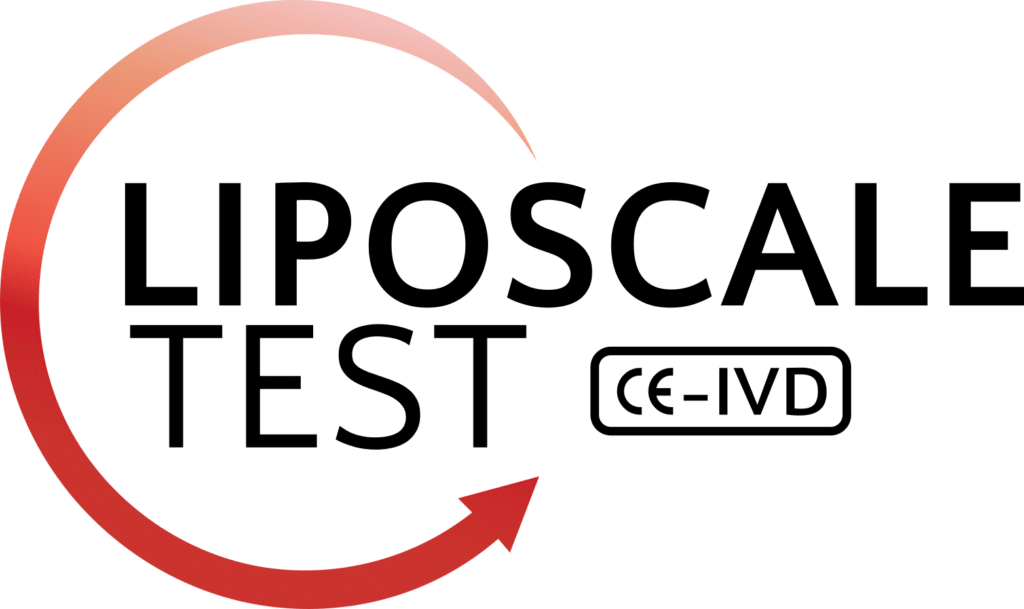Metabolomics Reveals Reduction of Metabolic Oxidation in Women with Polycystic Ovary Syndrome after Pioglitazone-Flutamide-Metformin Polytherapy
Abstract Polycystic ovary syndrome (PCOS) is a variable disorder characterized by a broad spectrum of anomalies, including hyperandrogenemia, insulin resistance, dyslipidemia, body adiposity, low-grade inflammation and increased cardiovascular disease risks. Recently, a new polytherapy consisting of low-dose flutamide, metformin and pioglitazone in combination with an estro-progestagen resulted in the regulation of endocrine clinical markers in […]
Acute-phase glycoprotein profile responses to different oral macronutrient challenges: Influence of sex, functional hyperandrogenism and obesity
Abstract Acute-phase glycoprotein 1H-NMR spectroscopy profiles serve as surrogate markers of chronic inflammation in metabolic disorders such as obesity, diabetes and polycystic ovary syndrome (PCOS). The latter is associated with increased height-to-width (H/W) ratios of GlycA and GlycB after fasting, but not to glycoprotein areas, regardless of obesity. We studied the responses to separate glucose, lipid […]
Bariatric surgery decreases oxidative stress and protein glycosylation in patients with morbid obesity
Abstract Background: There is growing evidence that oxidative stress (OS) is a critical factor linking obesity with its associated comorbidities, such as cardiovascular diseases. Aim: To evaluate the degree of OS in people with morbid obesity and its relationship with glycoproteins, determined using 1H-NMR spectroscopy, before and after bariatric surgery (BS). Methods: In this observational cohort study, plasma […]
2D diffusion-ordered 1H-NMR spectroscopy lipidomic profiling after oral single macronutrient loads: Influence of obesity, sex, and female androgen excess
Abstract Scope: Postprandial dysmetabolism plays a major role in the pathogenesis of metabolic disorders such as obesity and the polycystic ovary syndrome (PCOS). The aim is to characterize the circulating lipoprotein particle profiles in response to oral glucose, lipid, and protein challenges. Methods and results: 17 women with PCOS, 17 control women, and 19 healthy […]
Precipitated sdLDL: An easy method to estimate LDL particle size
Abstract Background: LDL-C lowering is the main measure in cardiovascular disease prevention but a residual risk of ischemic events still remains. Alterations of lipoproteins, specially, increase in small dense LDL (sdLDL) particles are related to this risk. Objective: To investigate the potential use of sdLDL cholesterol concentration (sdLDL-C) isolated by an easy precipitation method and […]
Gelsolin: a new biomarker of disease activity in SLE patients associated with HDL-C
Abstract Objectives: To identify potential biomarkers of disease activity analysing the proteome of high-density lipoprotein (HDL) particles from SLE patients in clinical remission and when they develop a flare compared with a healthy control group. Methods: Quantitative proteomic analyses of purified HDL were performed using Tandem Mass Tag isobaric tag-labelling and nanoLC-Orbitrap (nLC-MS/MS) from nine […]
Efficacy of therapeutic lifestyle changes on lipid profiles assessed by NMR in children with familial and non-familial hypercholesterolemia
Abstract Background and aims: The first line of therapy in children with hypercholesterolaemia is therapeutic lifestyle changes (TLSC). The efficacy of lifestyle intervention in children with familial hypercholesterolaemia (FH), where LDL-C levels are genetically driven, deserves a focused study. Aims: To evaluate the impact of a lifestyle education program, focused on food patterns and physical […]
Human Serum/Plasma Glycoprotein Analysis by 1H-NMR, an Emerging Method of Inflammatory Assessment
Abstract Several studies suggest that variations in the concentration of plasma glycoproteins can influence cellular changes in a large number of diseases. In recent years, proton nuclear magnetic resonance (1H-NMR) has played a major role as an analytical tool for serum and plasma samples. In recent years, there is an increasing interest in the characterization […]
Specific Nuclear Magnetic Resonance Lipoprotein Subclass Profiles and Central Arterial Stiffness in Type 1 Diabetes Mellitus
Abstract Background: Dyslipidemia has been associated with vascular complications of type 1 diabetes mellitus (T1DM). We examined the proton nuclear magnetic resonance (NMR)-assessed lipoprotein subclass profiles in subjects with T1DM compared with those of healthy subjects and assessed the potential relationship of these profiles with arterial stiffness. Methods: Eighty-four participants with T1DM of at least […]
Lipid Profile Rather Than the LCAT Mutation Explains Renal Disease in Familial LCAT Deficiency
Abstract Renal complications are the major cause of morbidity and mortality in patients with familial lecithin-cholesterol acyltransferase (LCAT) deficiency (FLD). We report three FLD patients, two of them siblings-only one of whom developed renal disease-and the third case being a young man with early renal disease. The aim of this study was to analyze the […]


